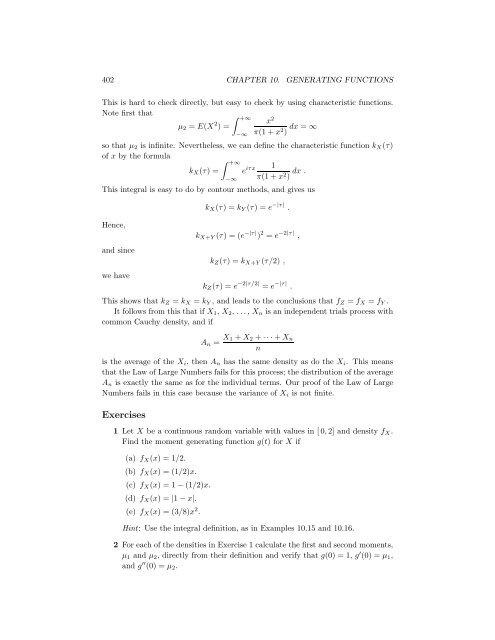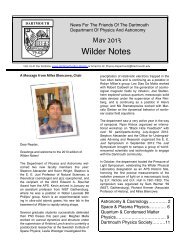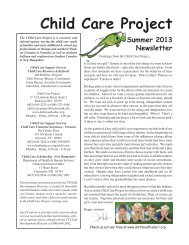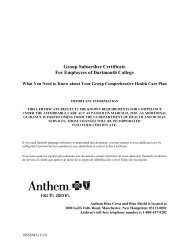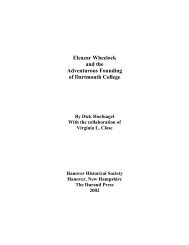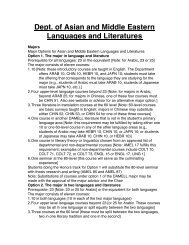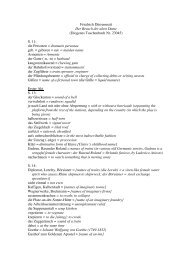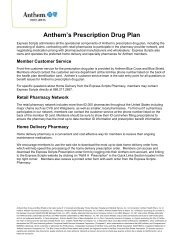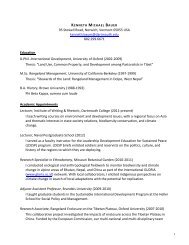Chapter 10: Generating Functions
Chapter 10: Generating Functions
Chapter 10: Generating Functions
Create successful ePaper yourself
Turn your PDF publications into a flip-book with our unique Google optimized e-Paper software.
402 CHAPTER <strong>10</strong>. GENERATING FUNCTIONS<br />
This is hard to check directly, but easy to check by using characteristic functions.<br />
Note first that<br />
∫ +∞<br />
µ 2 = E(X 2 x 2<br />
)=<br />
−∞ π(1 + x 2 ) dx = ∞<br />
so that µ 2 is infinite. Nevertheless, we can define the characteristic function k X (τ)<br />
of x by the formula<br />
∫ +∞<br />
k X (τ) = e iτx 1<br />
−∞ π(1 + x 2 ) dx .<br />
This integral is easy to do by contour methods, and gives us<br />
Hence,<br />
and since<br />
we have<br />
k X (τ) =k Y (τ) =e −|τ| .<br />
k X+Y (τ) =(e −|τ| ) 2 = e −2|τ| ,<br />
k Z (τ) =k X+Y (τ/2) ,<br />
k Z (τ) =e −2|τ/2| = e −|τ| .<br />
This shows that k Z = k X = k Y , and leads to the conclusions that f Z = f X = f Y .<br />
It follows from this that if X 1 , X 2 , ...,X n is an independent trials process with<br />
common Cauchy density, and if<br />
A n = X 1 + X 2 + ···+ X n<br />
n<br />
is the average of the X i , then A n has the same density as do the X i . This means<br />
that the Law of Large Numbers fails for this process; the distribution of the average<br />
A n is exactly the same as for the individual terms. Our proof of the Law of Large<br />
Numbers fails in this case because the variance of X i is not finite.<br />
Exercises<br />
1 Let X be a continuous random variable with values in [ 0, 2] and density f X .<br />
Find the moment generating function g(t) for X if<br />
(a) f X (x) =1/2.<br />
(b) f X (x) =(1/2)x.<br />
(c) f X (x) =1− (1/2)x.<br />
(d) f X (x) =|1 − x|.<br />
(e) f X (x) =(3/8)x 2 .<br />
Hint: Use the integral definition, as in Examples <strong>10</strong>.15 and <strong>10</strong>.16.<br />
2 For each of the densities in Exercise 1 calculate the first and second moments,<br />
µ 1 and µ 2 , directly from their definition and verify that g(0)=1,g ′ (0) = µ 1 ,<br />
and g ′′ (0) = µ 2 .


